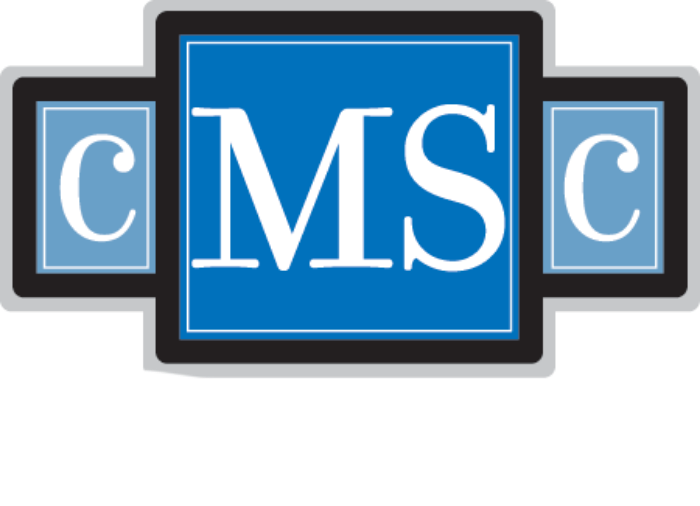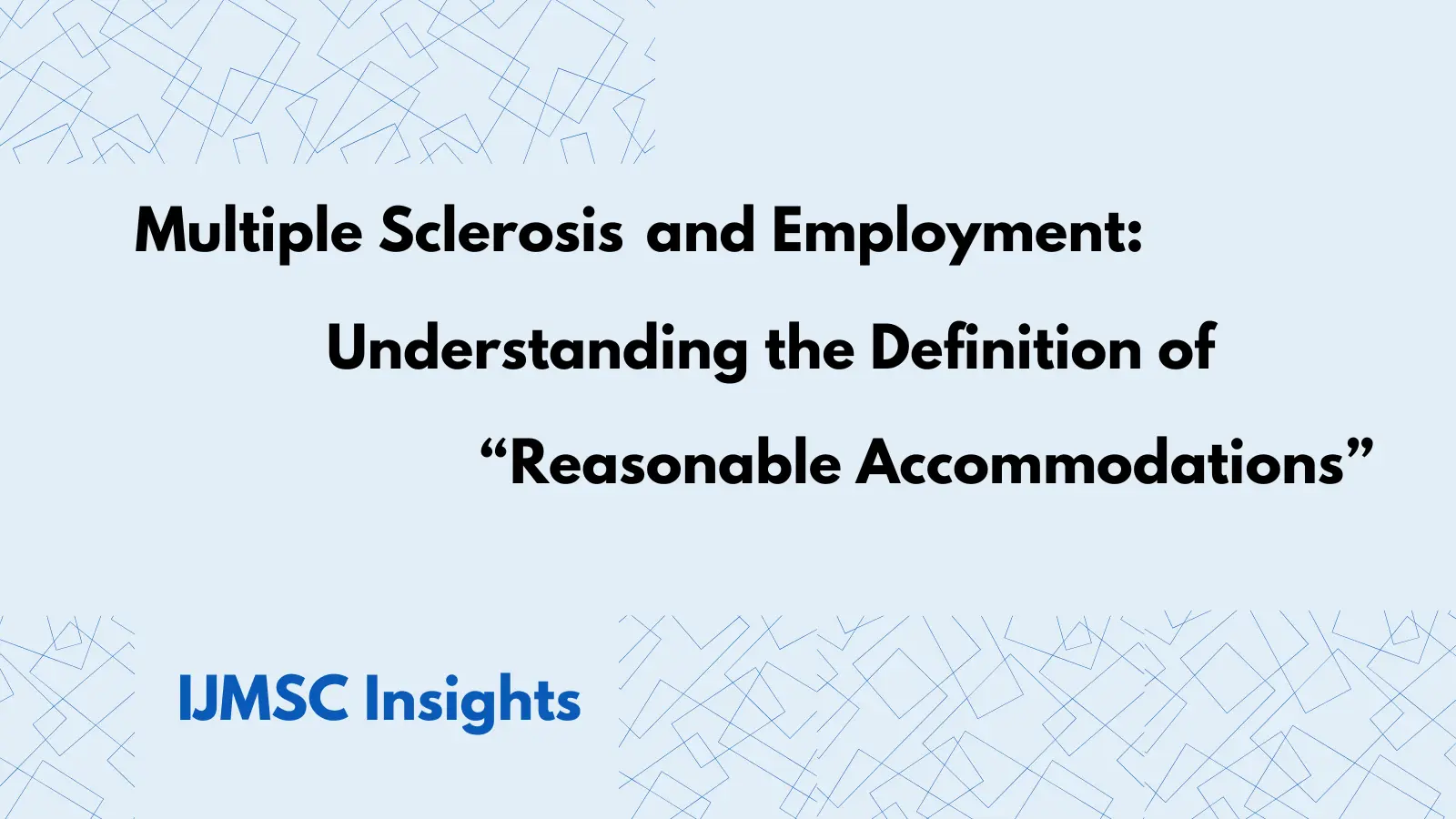News
Research Article
IJMSC Author Spotlight: Pavika Thevar, MPsych
Author(s):
IJMSC Author Spotlight shines a light on the people behind the research.
Pavika Thevar, MPsych
Image credit: author

In September 2025, the International Journal of Multiple Sclerosis Care (IJMSC) published “Migraine in Multiple Sclerosis: Underlying Mechanisms, Shared Symptoms, and Approaches to Management” by first author Pavika Thevar, MPsych. Ms Thevar is a clinical neuropsychologist and researcher who completed her PhD at the School of Translational Medicine in Monash University in Melbourne, Australia. Her PhD research examined the psychosocial and cognitive impacts of migraine in people with multiple sclerosis (MS). She also led a pilot randomized controlled trial evaluating a novel psychological and cognitive intervention for the treatment of migraine in MS. She focuses on understanding neuropsychological approaches that improve well-being and daily functioning to better address the health needs of people living with MS. She recently sat down with IJMSC to talk about her paper.
International Journal of MS Care: Tell us the story of this paper—where did the idea come from? How did you form the team of researchers/authors?
Pavika Thevar, MPsych (PT): We found that our neurology colleagues were seeing people with MS who also experienced migraines. When we looked at the literature, about half of people with relapsing-remitting MS have migraine, though there was little research into this area. There was also sometimes uncertainty about how to assess and treat these migraines. At Monash University and Alfred Health, we were fortunate to have a diverse mix of clinicians, so we brought together MS neurologists, headache specialists, and clinical neuropsychologists. We provided a synthesis of the potential biological mechanisms underlying these conditions, the additive burden of symptoms such as psychological and cognitive difficulties, and the treatment pathways to better support people with MS and migraine.
IJMSC: Was anything about this research surprising?
PT: As I mentioned, one thing that stood out in our early review of the literature was that around 50% of people with relapsing-remitting MS also experience migraine. Equally striking was the lack of nonpharmacological treatments designed specifically for this population. From a neuropsychology perspective, we know that pain, anxiety, stress, and fatigue can all significantly affect daily functioning. The research tells us that these symptoms are worse in people with both MS and migraine than people with MS alone. So, seeing that people with MS and migraine didn’t have access to evidence-based nonpharmacological interventions adapted to their needs highlighted what we felt was a real area of unmet need.
IJMSC: How did you get involved in MS research?
PT: I’ve always had an interest in MS. When I was younger, a family member was diagnosed with MS, and I saw how it impacted them and the rest of the family. Later, during my clinical training, I began working with people with MS. With disease-modifying treatments, many patients felt that they were managing most of their symptoms quite well, but it was the invisible symptoms—like fatigue and cognitive difficulties—that they found very difficult to manage day-to-day. So when the opportunity arose to pursue a PhD on migraine in MS, it drew my interest and I began working in the MS research space.
IJMSC: What should clinicians know to better take care of their patients with comorbid migraine and MS?
PT: Clinicians should be aware of the additive burden of psychological symptoms, such as anxiety and depression, as well as the potential for cognitive impairment in this population. It’s important to assess these factors and either provide appropriate support directly or refer patients to specialists, such as clinical neuropsychologists, who can help manage these symptoms.
As we highlighted in the review, it’s also beneficial to have patients track their migraines using a headache diary. This can help with monitoring migraine frequency, identifying potential triggers, and assessing the efficacy of acute medications. It can also guide decisions about whether preventive medications may be needed.
IJMSC: How would you like this paper/area of research to impact clinical practice?
PT: I’d like to see greater recognition and treatment of migraine in people with MS as it is often undertreated in this population. I hope our review encourages clinicians to consider the use of acute and preventive migraine treatments. I’d also like to see greater integration of psychological and cognitive supports into health care for people with MS. For example, relaxation training or brief psychological interventions may help those with mild anxiety or stress.
IJMSC: What are the next steps for this line of research? What needs to be studied next?
PT: The next step is to understand how well migraine treatments work for people with MS. For example, emerging studies on the safety and tolerability of calcitonin gene-related peptide, or CGRP, monoclonal antibodies are promising, though larger studies are needed. Given that there can be barriers to medication use such as nonadherence, there is also a need to look at nonpharmacological approaches to better support people living with MS and migraine.
IJMSC: What research are you working on now?
PT: After writing this paper, we developed an adapted cognitive behavioral therapy tailored to the needs of people living with migraine and MS. The aim was to help people better manage fatigue and stress—both common triggers for migraine—and see whether the intervention could reduce the frequency and impacts of their migraines. The program incorporated elements of migraine education, cognitive restructuring, relaxation training, and cognitive strategies. We have recently published the quantitative and qualitative results from this pilot trial in Neuropsychological Rehabilitation.
IJMSC: Can you give us a broader view of how this line of research fits into the larger world of MS care?
PT: This research highlights the importance of recognizing and addressing comorbid conditions like migraine that have a significant impact on people with MS but can sometimes be overlooked in routine care. By bringing attention to the pathophysiological, clinical, and treatment considerations of migraine in MS, we aim to promote a more holistic approach to care that addresses both the disease and the symptoms that patients find most burdensome.
IJMSC: One of the pillars of IJMSC and the Consortium of Multiple Sclerosis Centers is multidisciplinary care. What role do you see for research in MS care? How do you influence/improve patient care?
PT: Research has been important in identifying and evaluating the therapies and tools that can address patient needs. To me, it’s very much a collective effort to recognize and manage the symptoms that we identified in our review. For example, multidisciplinary clinicians can direct individuals toward psychological support if they think patients might benefit from it. In my view, research is key to improving our own clinical practice but also to strengthening collaboration across disciplines. As I mentioned, it was through this kind of collaboration that our focus on migraine in MS came about.
Be sure to keep an eye out as we continue to spotlight other IJMSC authors this fall!





